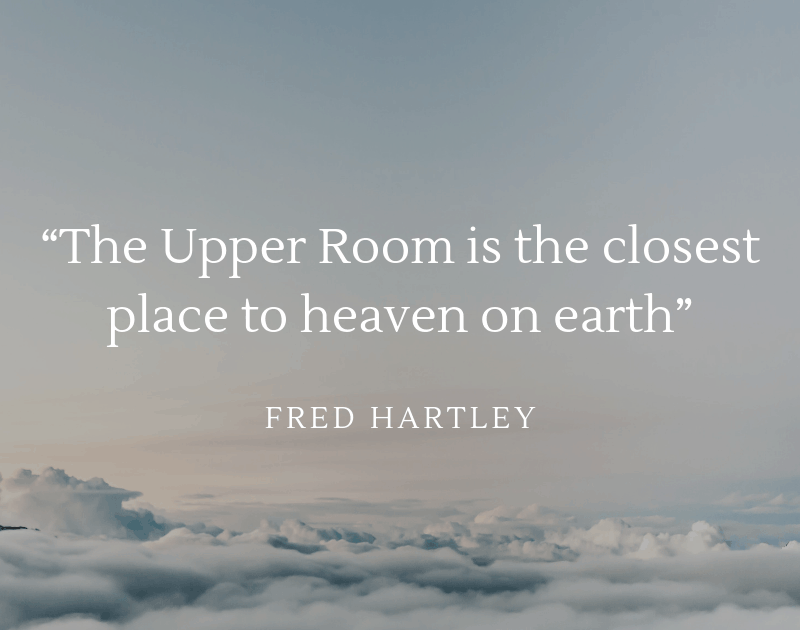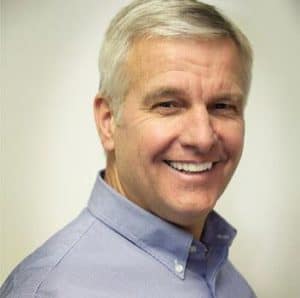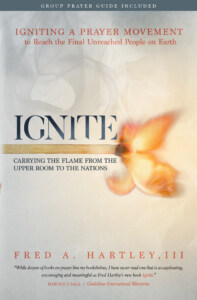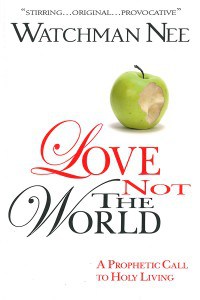What is the Upper Room?
In the upper room we gather to encounter Christ, and, more importantly, it is where Christ encounters us. From the moment we are born again by the Holy Spirit, the upper room is home. It becomes the due north on our internal compass, and sooner or later we will find our way there. In the upper room we meet with the Father, and there we are more ourselves than anywhere else on earth—no masks, no pretense, no posing. In the upper room, we experience firsthand the unconditional love of the Father, and there He breaks off from us rejection, alienation, loneliness, abandonment, self-hatred, anxiety, fear, and insignificance; more importantly, it is there He convinces us of our acceptance, security, and significance in Christ. For this reason, it is in the upper room where we receive our life calling and discover the reason we were born.
Let’s be honest, when we hear upper room, we might think of an attic storage space where we put our junk—all the stuff we will never use again but we don’t want to throw away. In the western world, the upper room is a rarely visited place, essentially irrelevant to day-to-day life. For most of the rest of the world, however, and particularly in the first-century Holy Land, the upper room was the family room, the man cave, the preferred action spot in the home. It was an open-air social space on the roof where family and friends would gather at the end of a long day to tell stories, laugh at jokes, sip tea, and reflect on life. The typical Mediterranean square building architecture provided a rooftop that was ideal for an outdoor bonus room that was private and protected. To this day, particularly in a land where virtually every other room in the house is already maxed-out and where the climate is normally comfortable, the open-air upper room is not only useful but refreshing.
It was this upper room that Jesus utilized as his go-to gathering place with His disciples. Here Jesus got His hands dirty washing the disciples’ feet and eating delicious lamb chops at their final Passover meal. Even following His brutal murder, the back-to-life Jesus once again met with His disciples in this same upper room. But this was only the beginning; Christ is about to elevate the upper room to an even higher level of importance. The upper room was about to become the only place on earth where Father God would pour out His conspicuous presence. This upper room was the crown jewel of Jesus’ discipleship ministry…

COMMON PLACE It is just like God to pick the common, everyday, familiar things in life, like a Middle Eastern upper room, and make it extraordinary. Virtually every building in the Holy Land had an upper room. You could say upper rooms are like navels— everyone has one! Yet, what changed the upper room forever was the manifest presence of Christ. Don’t miss this upper room principle: It’s not the place, but the presence that makes the upper room.
The first upper room in Jerusalem documented in the first two chapters of the book of Acts is just one of many upper rooms in the book of Acts and throughout the rest of the New Testament.1 Church history, right up until this very day, is actually full of upper-room encounters with Christ, and as we will discover, it is the upper-room encounters with Christ that trigger the greatest advancement of church growth throughout the ages.
Most upper rooms today are not on rooftops. They meet in office buildings, classrooms, and back porches—wherever hungry Christians can gather without interruption to pray toward a fresh encounter with the ascended Christ. I have knelt on dirt barnyard floors for hours with hundreds of Chinese Christians in their upper room. I have danced until I was dripping with sweat in an Israeli hotel with both fervent Jewish and Palestinian Christians in their upper room. I have wept with some of the most persecuted believers on earth in the middle of the Sahara Desert at midnight in their upper room. But each of these upper rooms all have one thing in common—they encounter the manifest presence of Christ, and they are hungry for more. These precious believers have taught me more in the trenches about the reality of the upper room than all the sermons I have ever heard and all the books in my library.
As you may have realized, for our purposes the upper room is merely a metaphor or word picture rather than a literal place. What started in Jesus’ day as being upper in elevation or proximity is now located virtually anywhere hungry Jesus-seekers can gather. What originally started as a physical location is now a metaphor that represents a significant spiritual reality: The upper room is the place where Christ encounters His people. The manifest presence of Christ is what takes the common, every-one-has-one prayer meeting and transforms it into the most extraordinary place on earth. This means that the same manifest presence of Christ can transform your common everyday prayer life into something extraordinary as well.
This excerpt is taken from Ignite, by Fred Hartley.
About the Author

Fred Hartley is a Lead Pastor in Atlanta, Georgia, and President of the College of Prayer International. He has written twenty books including Prayer on Fire and God on Fire. Leading people to an encounter with the manifest presence of Christ is his life’s passion. He also enjoys running, golf, and playing with his grandchildren.
About Ignite: Carrying the Flame from the Upper Room to the Nations

Ignite is brimming with kingdom-building prayer principles that have stood the test of time. Explore the five Upper Room miracles that are the marks of every healthy church, and learn field-tested strategies to mobilize missional prayer in your church, your family, and your own life.
 I really have appreciated “The Calvary Road” since I joined CLC in 1966.
I really have appreciated “The Calvary Road” since I joined CLC in 1966.




